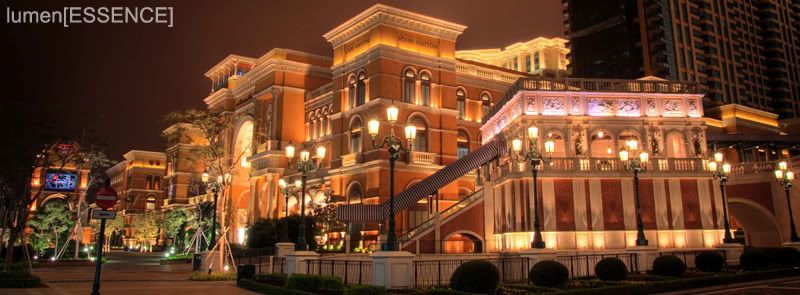In Public
If you enjoy photography and haven’t looked into street photography, now might be the time to start.
Street photography tells a story
Street photography is raw
Street photography is honest
The Decisive Moment
Henri Cartier Bresson
”… Photography is not a documentary, but intuition, a poetic experience.
It’s drowning yourself,
dissolving yourself,
first you must lose yourself,
then it happens”
Henri Cartier Bresson has often been referred to as the “father of modern photojournalism”. In my mind, there are two sides of photography, the art and the story. These, of course, can be broken down into smaller categories such as landscape, photojournalism, fine art, fashion etc. There are slices of life all around us, and each one of those is a story begging to be told. All the nuances that we take for granted can be brought into focus. A lot of the times, the photograph itself is not what I’m after, I just want to capture a minute part of reality. With street photography, you’ll need a great eye, good anticipation, and an enormous amount of good fortune. Once you miss the moment, it’s gone forever. Take the above image for example, one second too late and the person has hit the water. One second too early, and he hasn’t taken the leap. Life is a game of seconds, the successful photographer is the one who is ready, all the time.
BUT we have a problem, a problem that previous generations of photographers may not have faced.
The recent (past 5-10yrs) emphasis on paedophiles and terrorists in public places has put somewhat of a dampener on street photography. To an extent, it is completely understandable but some people are blowing it way out of proportion. For example, if you took out your iPhone and started taking photos with it, everything is all good. However, the minute you bring out an SLR, people will start shooting you funny looks. If you’ve been there, you know what I’m talking about.
SO … by law what am I allowed to do?
You as a photographer (I’m using this term loosely here), can photograph almost anything and anyone you want as long as it is in public.
- Buildings, parks
-People
- If on public property, can even photograph private property
- If on private property, can photograph until told otherwise (unless there’s a sign)
Of course there are exceptions, use some common sense here guys
- Military installations/other subjects classed as national security (excluding bridges)
- Dressing rooms
- Restrooms
- ATM machine
In short, and probably the most important, if you are in a public place you can photograph adults, children, law enforcement, accidents, criminal activities, airports, trains etc
Every now and then, people will question you as to what the #%*% you are doing. I’m going to tell you what to do in these situations. SMILE (genuinely) and be polite, nobody likes an asshole with a big camera. If someone asks you to stop because of security reasons, unless it’s in the situations listed above, this is not a valid reason (again, please use common sense here). Depending on location, you do not need to give them your memory card or delete the photos unless they have a court order/warrant. I will add that sometimes for the sake of things it is much easier just to delete the photos, it really depends on the situation and how much you want this photo.
Take this image for example, if you took an image as powerful as this … HOLD ON TO IT. This is an image by Pulitzer Prize winner, Kevin Carter, hit the link to read about the amazing story of his life in Time magazine. By far one of the most powerful images I’ve ever seen.
Even though you have these rights as a photographer, not everyone will agree to what you are doing. The photographer needs to be ballsy, or quick. And if you’re doing this while travelling overseas, learn the local customs, you definitely don’t want to be offending anybody in an alien environment.
“The catch with street photography is that there are many opportunities for good pictures, but not so many opportunities for great photographs … which only happens every once in a while. Street photography is like gambling. You get lucky or you get nothing” ~Markus Hartel
Before I go, here’s an extremely handy page to keep in your camera bag when you decide to brave the streets with your camera. http://www.artslaw.com.au/legalinformation/StreetPhotographersRights.asp
Any further questions, you know how to contact me.






+copy.jpg)